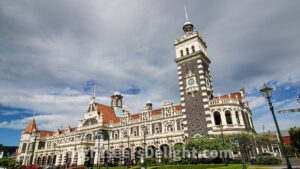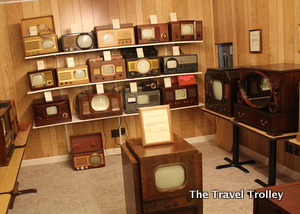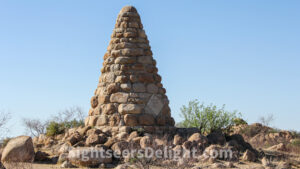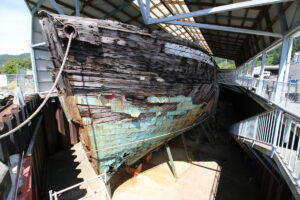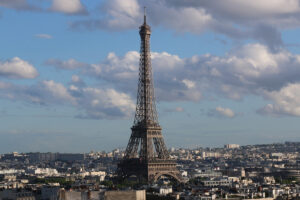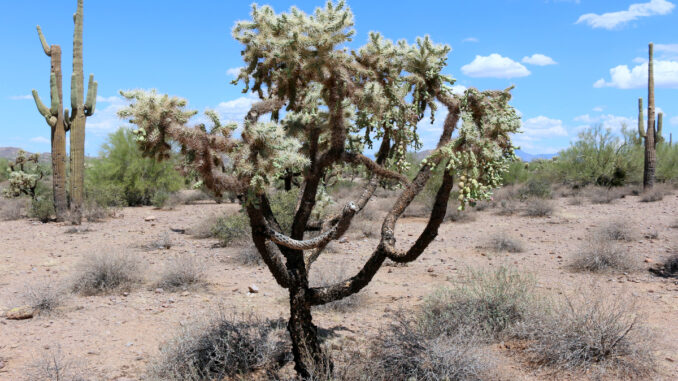
Guidebooks are annoying. Just because some editor who doesn’t know me tells me which restaurant is the best or what attraction is a must-see doesn’t make it a must-see attraction. Sightseers’ Delight is dedicated to the weird, the quirky and the fun. After all, traveling is fun.
If it’s not, you’re doing it wrong.
All of the places highlighted in this ever-growing database are great. Sightseers’ Delight has visited them all. We think you should make a point to see every one of them. But, this is not a guidebook. Just a webpage to help you plan your next adventure.
By the 1930s and 1940s, Dunbar Cave was a popular destination, not so much because of its natural splendor, but because of the musical acts that performed at the cave entrance. The 8-mile-long Dunbar Cave was formed millions of years ago and has always attracted people. During digs at the site, archeologists found Paleo-Indian artifacts buried near the cave entrance, and in 2005, Indian glyphs were discovered on the cave walls.
37043
Dunedin Railways, formerly known as the Taieri Gorge Railway, is the name of Dunedin Railways Limited, an operator of a railway line and tourist trains based at Dunedin Railway Station in the South Island of New Zealand. The company is a council-controlled trading organization wholly owned by Dunedin City Council through its holding company Dunedin City Holdings Limited.
Dunedin railway station in Dunedin on New Zealand’s South Island, designed by George Troup, is the city’s fourth station. It is nicknamed “Gingerbread George.”
The 4,200-square-foot museum, located in Hilliard, Ohio, a western suburb of Columbus, boasts more than 150 television sets, including mechanical sets from the 1920s and American and British equipment from the 1930s, 1940s and 1950s. Many of the sets are in working order. The museum’s most popular exhibits include the collection of early color sets, a DuMont Royal Sovereign, the working Baird mechanical set and the RCA remote telecasting van. The Early Television Foundation, a non-profit organization that operates the museum, is always looking to expand its collection of equipment.
The East Tennessee Veterans Memorial includes 32 granite monuments with inscribed names of more than 6000 veterans from 35 counties in East Tennessee who have died in military service since World War I. The memorial lists names by conflict and by county. The memorial, located on a grassy plot at the northern end of Knoxville’s World’s Fair Park, also includes the names of the 14 Medal of Honor recipients from East Tennessee. Other features are a plaza entrance with a 50-foot flag pole and a 27-foot high bell tower.
37902
As Ed Schieffelin started prospecting for valuable minerals in southern Arizona during the latter half of the 1870s, his friends insisted he would only find his tombstone. They were wrong. Instead, he discovered silver in an area that would grow into one of the most colorful towns in the country’s history: Tombstone. Over the years, mines in Tombstone produced $85 million in silver. Schieffelin died in Oregon on May 12, 1897, but he insisted his final resting spot be in Tombstone. A 25-foot-tall monument stands atop his burial site and near the location of his original claim.
85638
The Edwin Fox Maritime Museum houses what is said to be the “oldest merchant sailing ship still afloat.” The vessel, built in 1853 in India, transported immigrants to New Zealand and Australia and is the only remaining ship that brought convicts to Australia. After its sailing days, the boat was used in the 1880s as a floating freezer and later as a coal store hulk. In about 1950, the Edwin Fox was left to rot on its moorings, but preserved as a museum piece.
The Eiffel Tower, or La Tour Eiffel as it’s known in French, is perhaps the most famous tower in the world. The tower was built the entrance arch to the 1889 World’s Fair. While it is a world-renowned landmark today, that was not always the case. Many roundly criticized the lattice Tower, but views toward the structure have changed over the past 130 years. The Eiffel Tower, located on the Champ de Mars, is the tallest structure in Paris and welcomes more than 6 million visitors per year, making it the most-visited paid monument in the world.
The Elberton Granite Museum in Elberton, Ga., opened in 1981. The free museum is dedicated to telling the story of how granite is produced and its impact on Elberton, Ga., is on display. The many exhibits at the museum include artifacts, photographs and whimsical anecdotes. While the tools of the trade show how granite is carved from the earth, a seven-foot-tall granite statue tucked away in a backroom of the museum illustrates a lighter side of the granite industry and how people view the monuments produced.



